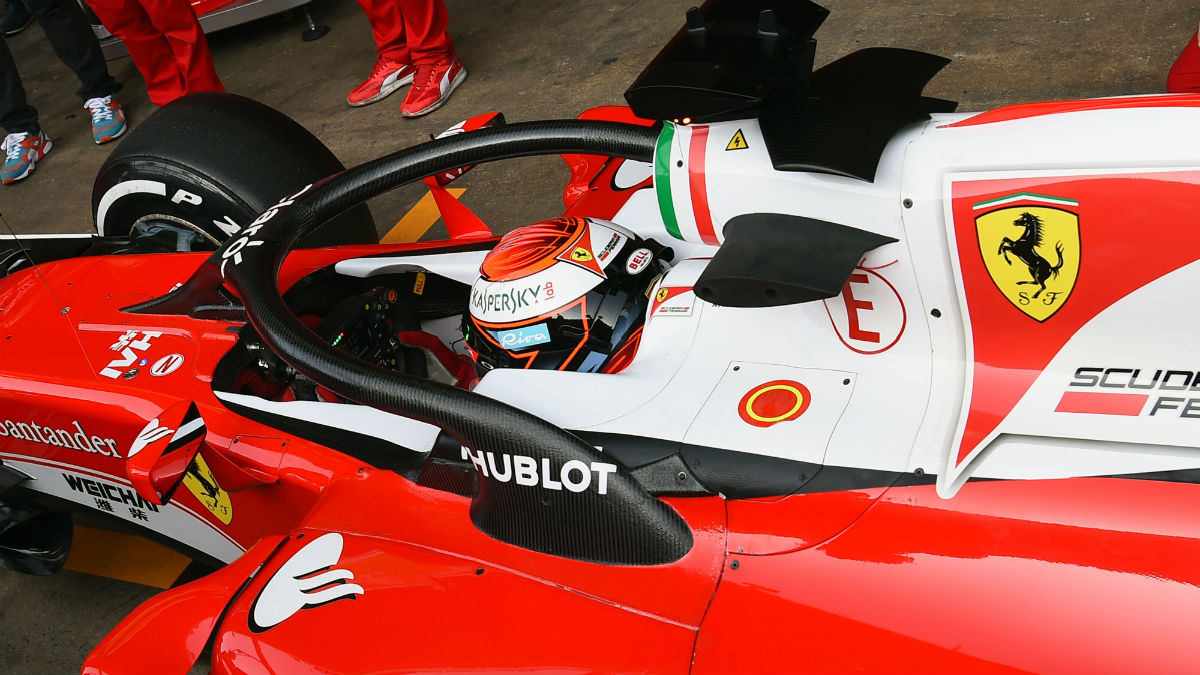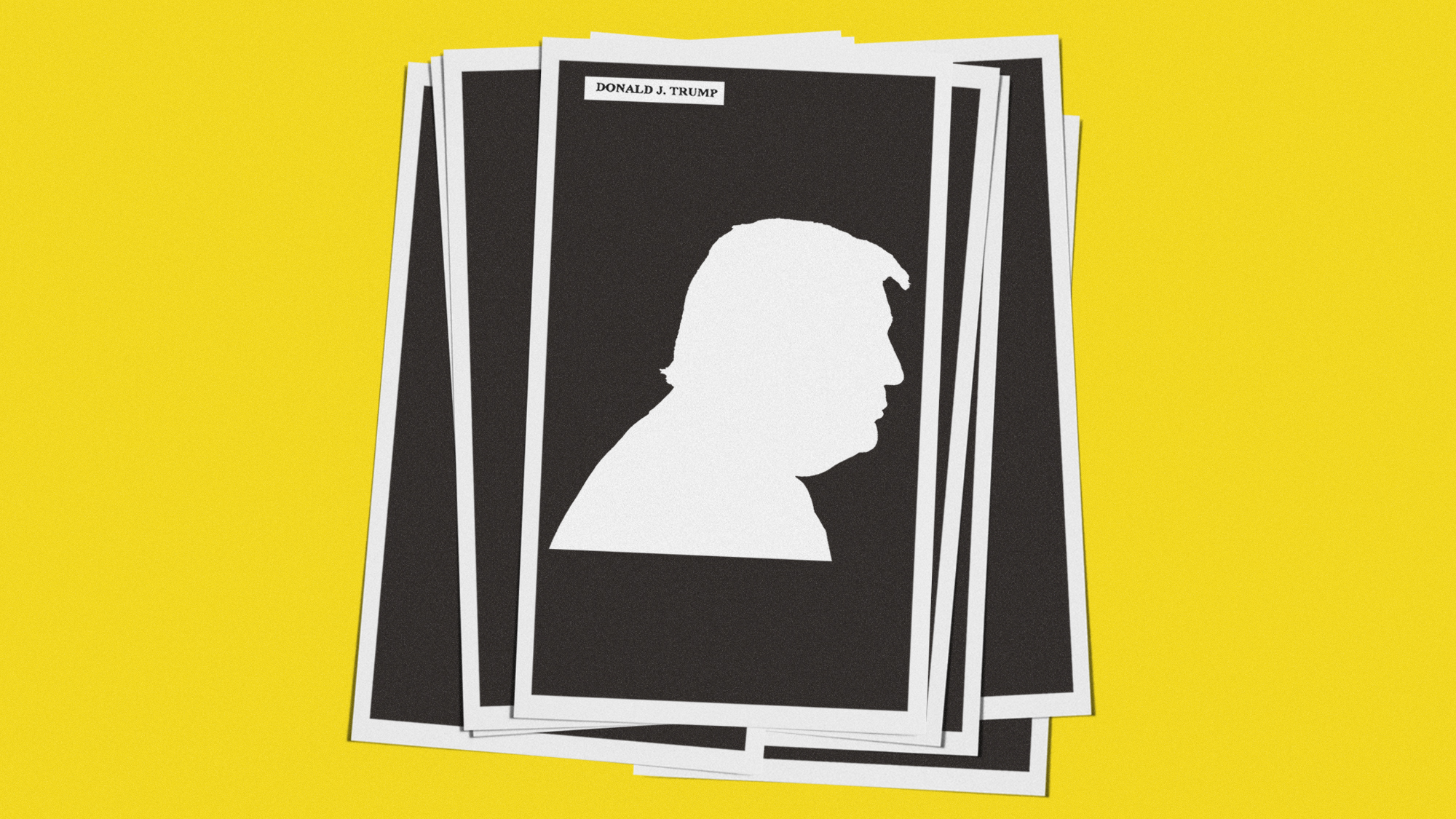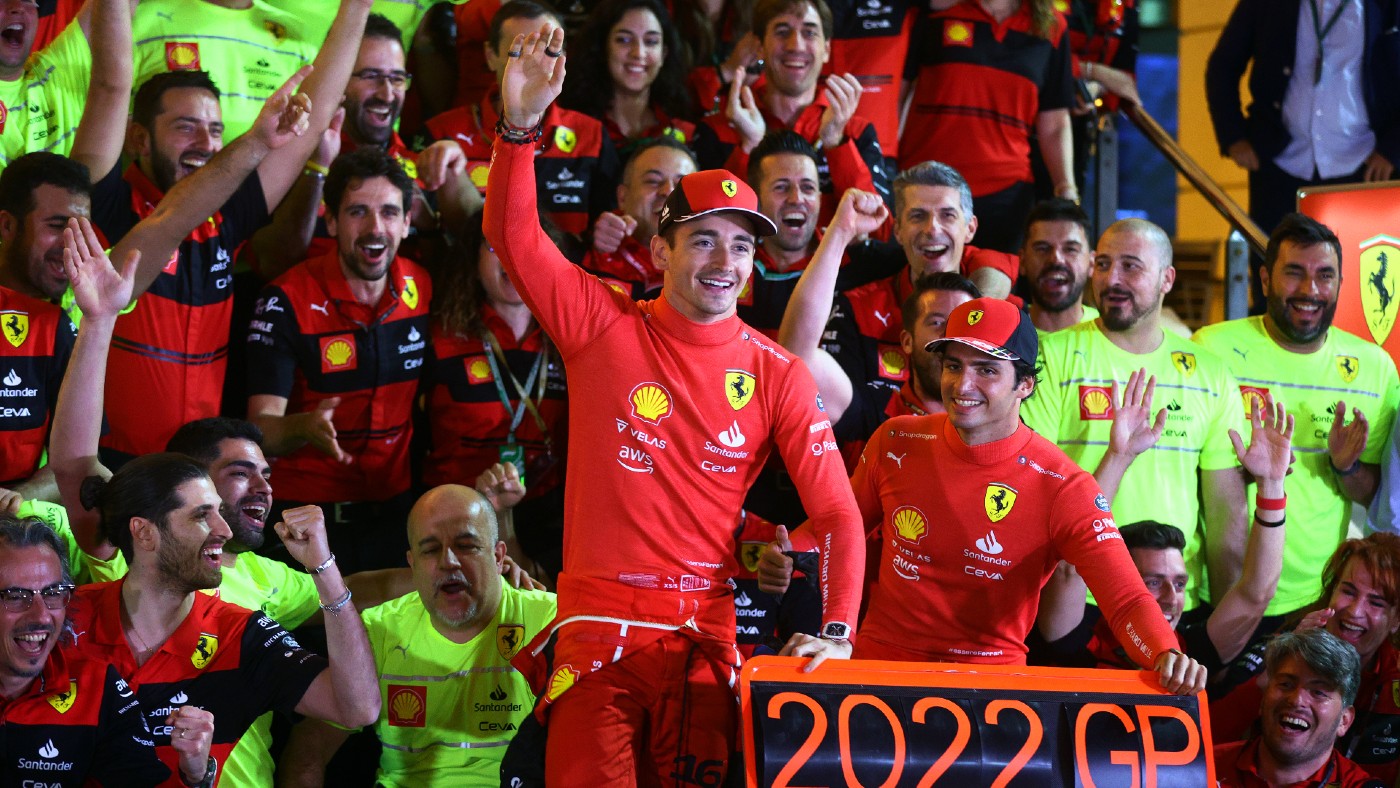F1 safety row: Sport split as halo head protection rejected
Bosses reject plans for new cockpit device next season, despite the support of most drivers

Formula 1 bosses have vetoed plans for a "halo" cockpit protection device for next season, provoking what the Daily Telegraph warns could be "a major row with the drivers" over safety.
Several teams have tested the wishbone shaped device this season, and after a presentation to drivers at the Hungarian Grand Prix it was claimed that most wanted to see it installed on cars from next season.
The halo is designed to protect the driver's head and former world champion Sebastian Vettel is one of the drivers who has lent his support to the idea, stating: "Nothing justifies death".
The Week
Escape your echo chamber. Get the facts behind the news, plus analysis from multiple perspectives.

Sign up for The Week's Free Newsletters
From our morning news briefing to a weekly Good News Newsletter, get the best of The Week delivered directly to your inbox.
From our morning news briefing to a weekly Good News Newsletter, get the best of The Week delivered directly to your inbox.
But while the F1 circus was arriving in Hockenheim for the German Grand Prix the sport's powerbrokers were meeting in Switzerland. "After a four-hour meeting in Geneva, Bernie Ecclestone, the sport's governing body, and the leading teams astonishingly agreed not to introduce the halo for next year," reports Daniel Johnson of the Telegraph.
"It leaves the sport’s rulers and its main protagonists fundamentally at odds, and risks a major scandal should a driver be injured next year in an accident where the halo could have made a difference."
The issue has "become a heated subject of debate among the drivers", says Paul Weaver of The Guardian, who says that at least five drivers are opposed to the idea.
They argue that F1 relies on open cockpits and "many view the halo device as a halfway house leading to a fully enclosed canopy down the line".
A free daily email with the biggest news stories of the day – and the best features from TheWeek.com
But there are genuine concerns over safety, says Kevin Eason of The Times. "Many of the drivers who were previously against the introduction of the halo had been won round by the safety arguments advanced in its favour — including the claim made in the presentation that the halo would improve their chances of surviving a serious accident by 17 per cent.
"The halo, consisting of a titanium oval secured around the driver's cockpit, would be one of the most fundamental changes to the look of F1 cars for many years."
Ferrari's Kimi Raikkonen tests F1 halo protection system
03 March
Ferrari have tested out a prototype "halo" device designed to offer Formula 1 drivers more head protection.
The system was fitted to the car of Kimi Raikkonen during pre-season testing at Barcelona, the first time such a device has publicly been seen on an F1 car.
Two laps later, Raikkonen gave his verdict, saying the halo was "okay" in terms of visibility, despite the presence of a central strut rising from the car in front of the driver.
Measures designed to reduce the risk of head injuries in single-seater racing cars have been under discussion for a number of years but intensified following the death of driver Jules Bianchi last July. F1's powerbrokers agreed last week that some form of cockpit protection would be introduced from 2017, reports Sky Sports.
The halo concept, involving a wishbone-shaped cage around the driver's head, was devised by Mercedes, although Ferrari have become the first team to try the idea out.
It was given a mixed reception by observers, with Sky commentator and former F1 driver Martin Brundle appearing unconvinced while others hailed it as a welcome innovation.
"There have been some concerns over visibility, but because of the drivers' low position in the cockpit, it is not thought to obscure vision. However, it may affect their sight of starting lights on the grid," says Daniel Johnson the Daily Telegraph, who notes there is "no unanimous support for the 'halo' among drivers".
Visibility may not be an issue, says Andrew Benson of the BBC. "The driver's eye-line is below the main body of the structure, while the central support strut at the front effectively disappears from view because of a human's binocular vision."
But he adds the halo on show in Barcelona "is not necessarily the definitive design that will be used next year as further testing still needs to be carried out". [[{"type":"media","view_mode":"content_original","fid":"91865","attributes":{"class":"media-image"}}]]
-
 Is Trump deliberately redacting Epstein files to shield himself?
Is Trump deliberately redacting Epstein files to shield himself?Today’s Big Question Removal of image from publicly released documents prompts accusations of political interference by justice department
-
 Ashes to ashes, ducks to ducks: the end of Bazball?
Ashes to ashes, ducks to ducks: the end of Bazball?Talking Point Swashbuckling philosophy of England men’s cricket team ‘that once carried all along with it has become divisive and polarising’
-
 The strangely resilient phenomenon of stowaways on planes
The strangely resilient phenomenon of stowaways on planesIn The Spotlight Lapses in security are still allowing passengers to board flights without tickets or passports
-
 F1 Bahrain GP reactions: Ferrari ‘back with a bang’ as Leclerc ‘tames the beast’
F1 Bahrain GP reactions: Ferrari ‘back with a bang’ as Leclerc ‘tames the beast’feature The Tifosi celebrate a stunning one-two for Charles Leclerc and Carlos Sainz
-
 Mason Greenwood: footballer arrested on suspicion of rape and assault
Mason Greenwood: footballer arrested on suspicion of rape and assaultSpeed Read Man Utd confirm the striker will not train or play until further notice
-
 Handball: swapping bikini bottoms for tight pants
Handball: swapping bikini bottoms for tight pantsSpeed Read Women competitors will be required to ‘wear short tight pants with a close fit’
-
 Cristiano Ronaldo’s second coming
Cristiano Ronaldo’s second comingSpeed Read Last week, Manchester United re-signed the forward on a two-year deal thought to be worth more than £400,000 a week
-
 Bank holidays and boycotts: are MPs trying to jinx England?
Bank holidays and boycotts: are MPs trying to jinx England?Speed Read Declaring a bank holiday would be ‘tempting fate’, says Boris Johnson
-
 Weightlifting: Olympic Games set for transgender first
Weightlifting: Olympic Games set for transgender firstSpeed Read New Zealand weightlifter Laurel Hubbard will make history at Tokyo 2020
-
 Sport shorts: Champions League expansion plan to be agreed
Sport shorts: Champions League expansion plan to be agreedSpeed Read News and reactions from the world of sport, featuring Joachim Low and the Lions women’s team
-
 Sport shorts: Sturgeon slams Rangers fans over title celebrations
Sport shorts: Sturgeon slams Rangers fans over title celebrationsSpeed Read News and reactions from the world of sport, featuring Keely Hodgkinson and Bryson DeChambeau